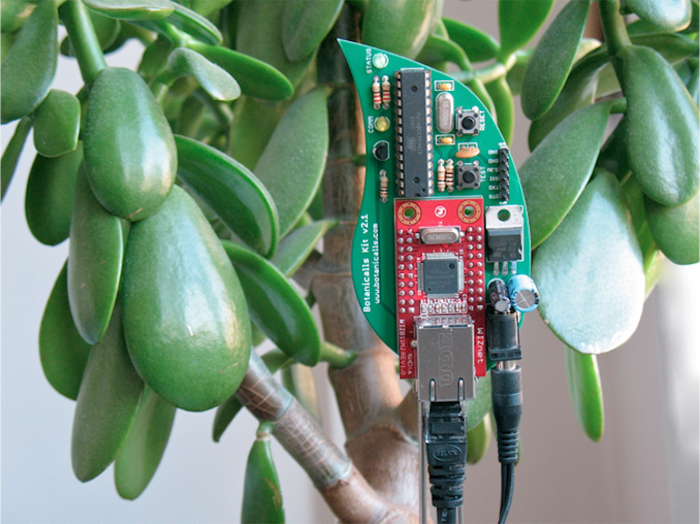All-in-one, sensor-rich IoT devices look like ladybugs but without the software challenges.
June 8, 2021

By and large, most engineers don’t consider bugs to be good things. But, just as in the natural world, some bugs are beneficial. For example, the ladybug eats aphides that can harm plants. Could an IoT hardware bug be as useful?
The TDK SmartBug Sensor and Algorithm Module answers that question in the affirmative if you need a small, sensor-rich, fully self-contained device for your many and varied IoT applications.
The SmartBug is a multi-sensor wireless module that uses MEMS sensors and algorithms to support a wide range of IoT applications. The sensors include a 6-Axis motion accelerometer and gyroscope device; a barometric pressure sensor for automorphic readings; a MEMS-based ultrasonic time-of-flight sensor for distance measurements; a MEMS Magnetometer to determine heading & magnetic anomalies; and a humidity sensor for monitoring the relative humidity.
In addition to these sensors, the package contains a wireless (BLE) micro-controller, several algorithm-driven features, and a rechargeable battery in a small enclosure. Hardware and software options exist for an add-on board Wi-Fi module and an SD card slot to help transmit the start of the collected data.
The SmartBug IoT platform is a Windows 10 application. Raw sensor data is streamed and logged using configurable FSR and ODR. Updates to the firmware are done with Over the Air (OTA) technology.
Such sensor packages have become more common in the commoditized IoT sensor device space. For example, real ladybug insects – from which the SmartBug IOT device seems to take its shape – might actually walk over a leaf-shaped circuit board from a project called Botanicalls. This activity was started to enable houseplants to engage with humans through the telephone or Twitter. Botanicalls was a networked sensing communication system that allowed plants to place phone calls and send tweets for human help. For example, a thirsty plant could send a message to a person asking to be watered. On the other hand, a person could phone up the plant to hear about their latest needs and garden gossip.

Of course, IoT development kits and all-in-one sensor packages come in all shapes and sizes and are offered by devices to edge and cloud-based vendors. These devices have become a commodity and are pretty much bug-free – unless a smart bug is exactly what you need.
John Blyler is a Design News senior editor, covering the electronics and advanced manufacturing spaces. With a BS in Engineering Physics and an MS in Electrical Engineering, he has years of hardware-software-network systems experience as an editor and engineer within the advanced manufacturing, IoT and semiconductor industries. John has co-authored books related to system engineering and electronics for IEEE, Wiley, and Elsevier.
About the Author(s)
You May Also Like





